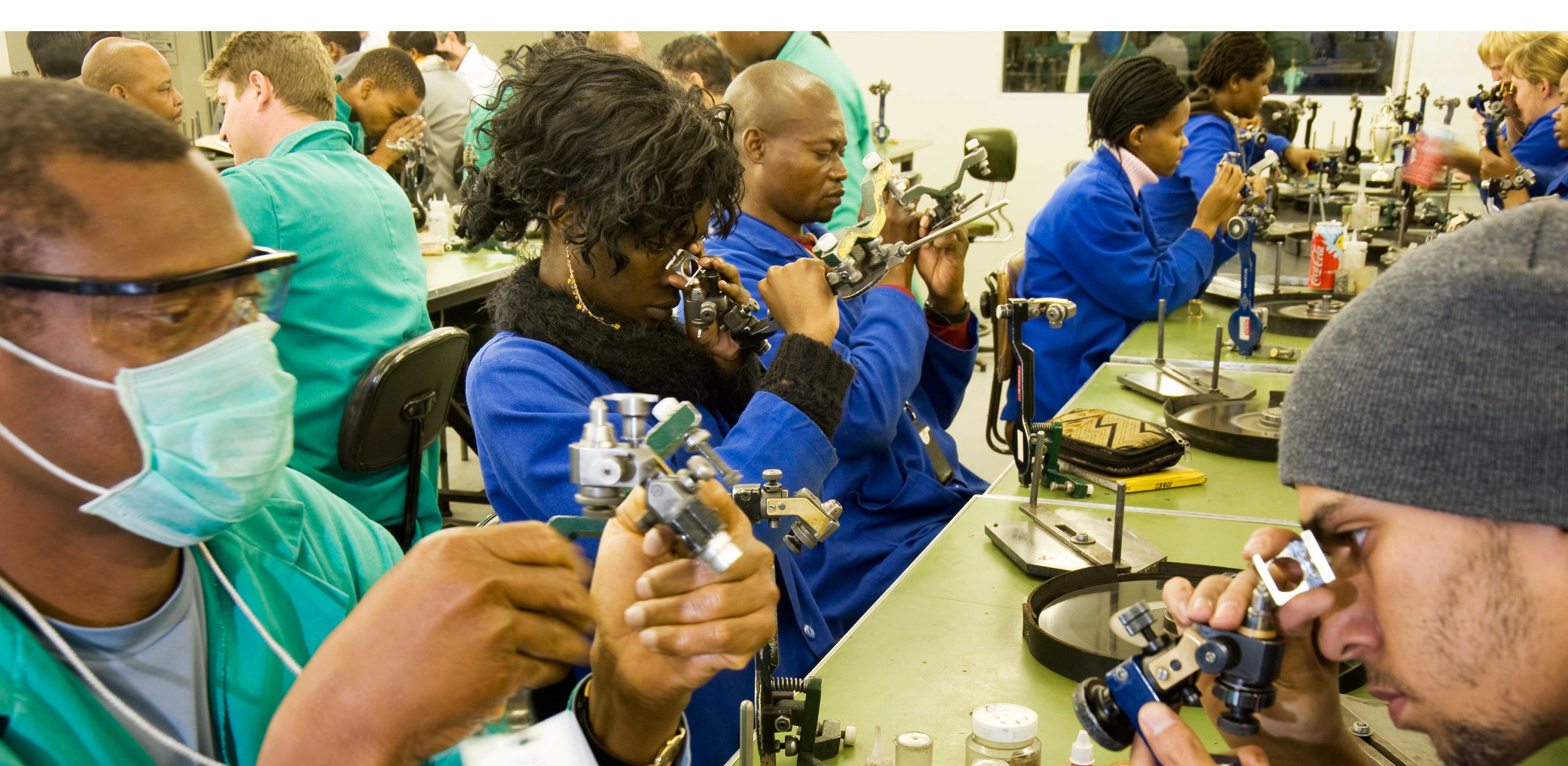
The scale of the national COVID-19 lockdown is unprecedented in living memory. The repercussions – personal, professional, national and international – will reverberate for years to come. As entrepreneurs, we need to be making the right decisions for right now to ensure that our businesses and our people’s livelihoods do not become another casualty of the virus. In this series of articles, Allon Raiz, CEO of top business incubator Raizcorp, shares his views and insights on weathering the storm and even thriving after it.
Opportunity is created through identifying a requirement for value addition in the market (based on the demand created from a need or want) and then either producing that value directly or acting as an agent for arbitrage, in other words, bridging that value between the manufacturer of the value and the consumer of the value. To put this in COVID-19 terms, it’s the difference between manufacturing hand sanitisers and masks or trading between a market that requires (demands) hand sanitisers and masks and the manufacturer who supplies them.
In times of system shock where, prior to the shock, you may have done business in one of these two formats – producer of value or arbitrager of value (making or trading) – it’s important now to open your mind to doing both.
Manufacturers may want to consider opportunities to trade goods or services that they don’t manufacture to their current client base, while traders might want to consider creating value by starting to manufacture products or services for opportunities they have uncovered within their networks and client base. In “normal” times, entrepreneurs are usually either completely or predominantly a manufacturing entity or completely or predominantly a trading entity, but now is the time to consider being both. As a business owner, you should be looking at your current clients through the lenses of both manufacturing and arbitrage to see if there are other potential opportunities available to you. Once you have identified those opportunities, you also need to look into your broader network to identify more clients for your newfound opportunity.
Let’s use the example of a funeral home. With the number of people allowed to attend funerals being severely limited, the funeral home may look into filming funerals so that mourners do not have to be physically present. They may develop a new division or functionality that provides camera people, equipment and editing services in order to create a video package of the funeral, in other words, manufacture a new service. Additionally, they do not need to confine themselves to filming only funerals. If they are providing filming and editing services for funerals, they might want to consider new product opportunities within their same client base. For example, producing video material for weddings, baptisms or other events. Once they are in the business of producing these videos for their current client base, the next obvious step would be to provide them to an external market.
The examples above are about the production of new value. To illustrate the idea of moving from production to arbitrage, let me share with you the story of my family’s business that made rain and garden umbrellas. When it became apparent in the 1990s that it was cheaper to import rain umbrellas than to manufacture them, my parents imported a standard range of rain umbrellas for their clients, and manufactured only advertising umbrellas locally owing to the requisite quick turnaround time requirements. Once they built the supply chain for rain umbrellas then they began to import other products like barbecues and mosquito repellent and sell into the same retail market that was buying umbrellas. My parents’ business was both in manufacturing and trading.
I am a big proponent of ensuring that you use the business’s core competencies as a base for pivoting your business. No more than twenty per cent new competency is my rule of thumb. This ensures that the business does not overextend itself from a resource, time and money point of view in the creation of something new. The important thing is that the business is not constantly starting afresh and paying the cost of the learning curve that is imbedded in developing a new core competency. The idea is to use as much of the core competencies you have in place to create a new product for the same or a new market. In this example, the core competencies are a relative constant, and the products and market are the variable.
However, there is another way to look at this in terms of saving energy and saving the cost of mistakes and inefficiencies. You can keep the market as a constant and make the core competencies the new variable. In the example above with the funeral home going into the video production business, the market is the constant but the core competence is the variable (developing the new internal competency to create video material). The big question to ask in this market approach is: “What more does my customer need or want, and how can I fulfil that need whether through manufacturing that value or trading that value?”
In a time of system shock, when resources are scarce, it is important to get the most out of what you have and to increase the number of opportunities available to your business to make money. Opening your mind to being both a manufacturer of value and an arbitrager of value opens up the number of opportunities available to you at the moment. Doing that, and concurrently toggling between using the same core competencies but a different market and creating different core competencies to create new products for the same market, opens up your opportunities even more.




